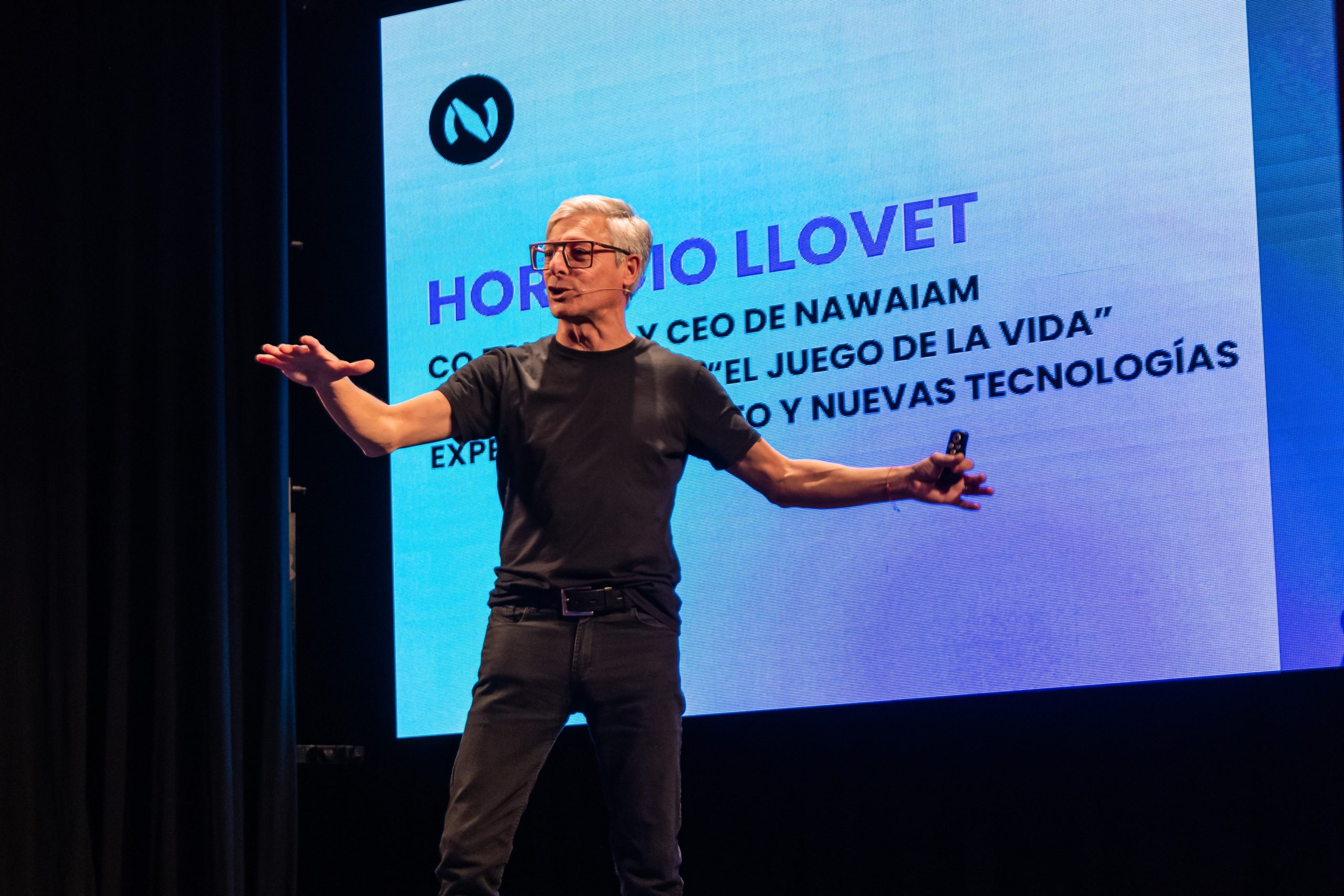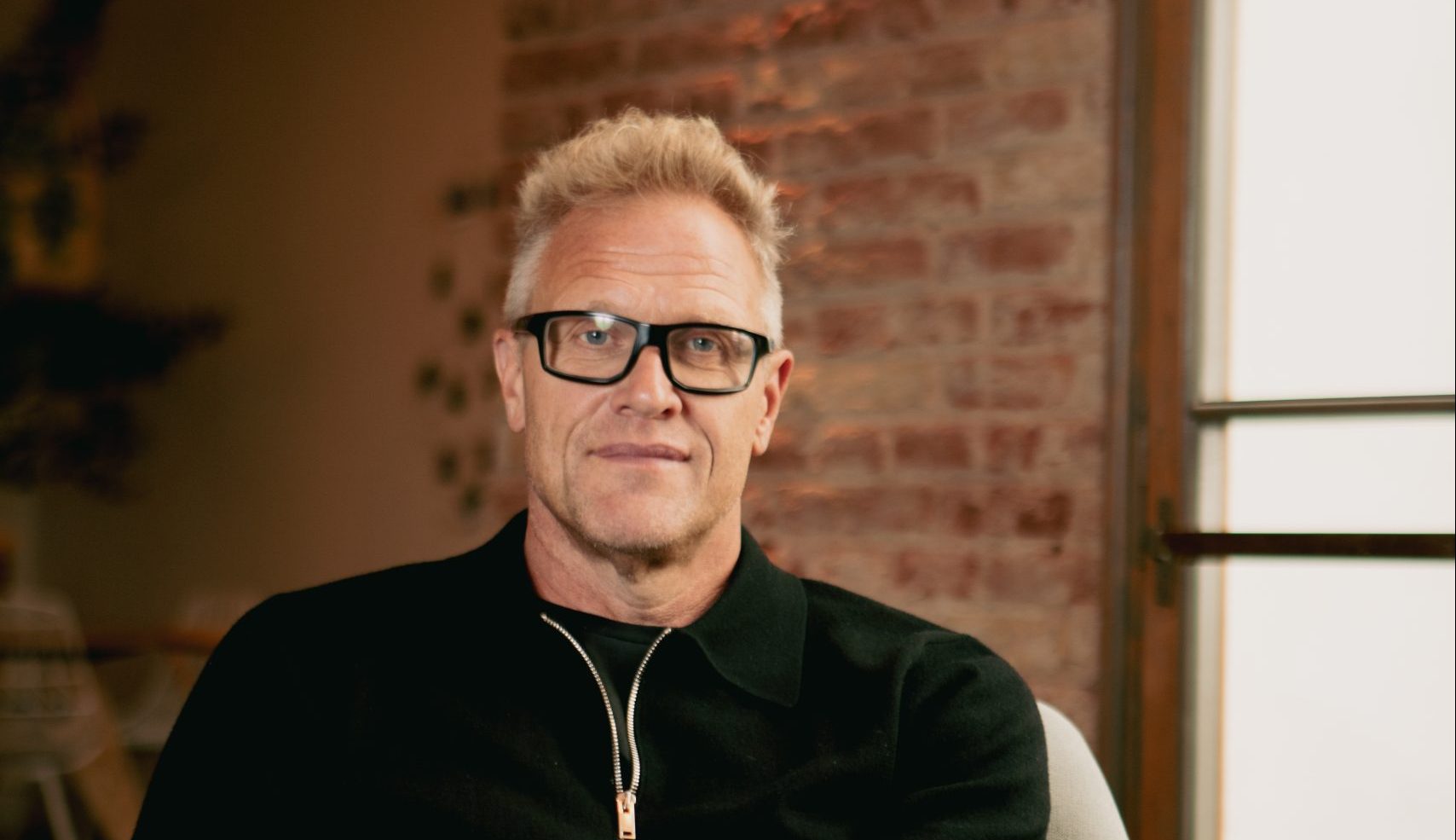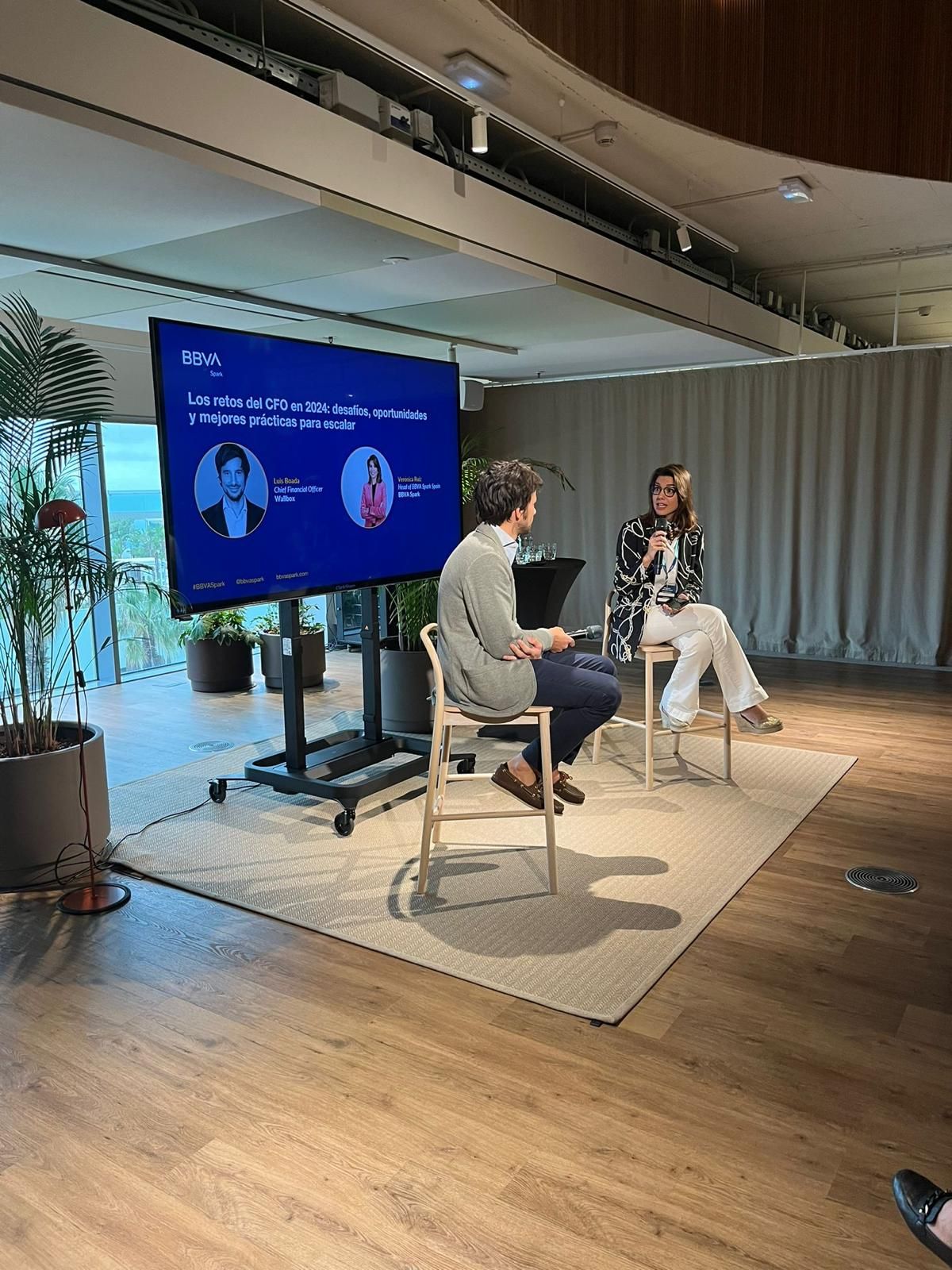Innovation, women and water: a key trio for preserving the blue planet and making it egalitarian
The problems of access to water and water scarcity, made worse by climate change, have more of an effect on women. To address these issues, there are solutions that improve desalination and address the reuse and management of water resources in agriculture. On the International Day of Women and Girls in Science, we take a look at them with some of the female experts who are navigating blue innovation
Ecuador, April 2016. A severe earthquake shakes the coast and causes the water supply to be cut off. In order to tackle such situations of scarcity, Doménica Garzón, who at the time was a physics student, along with some classmates at university, came up with a condenser to efficiently extract water from atmospheric humidity and turn it into liquid thanks to nanotechnology. “The idea came about by using science to find a transportable water supply mechanism that did not require an existing source”, explains the co-founder of Water-Y.
2 billion people do not have drinking water and 3.6 billion lack basic sanitation, according to the World Bank. This is a situation that the BBVA Microfinance Foundation is working to address alongside NGO Water.org.
Access problems particularly affect women, in a torrent of inequalities detailed by UNESCO. Women and girls are responsible for finding water in 80% of homes without running water, on hikes that lead to preventable diseases, stress, musculoskeletal damage, sexual assault and absences from school.
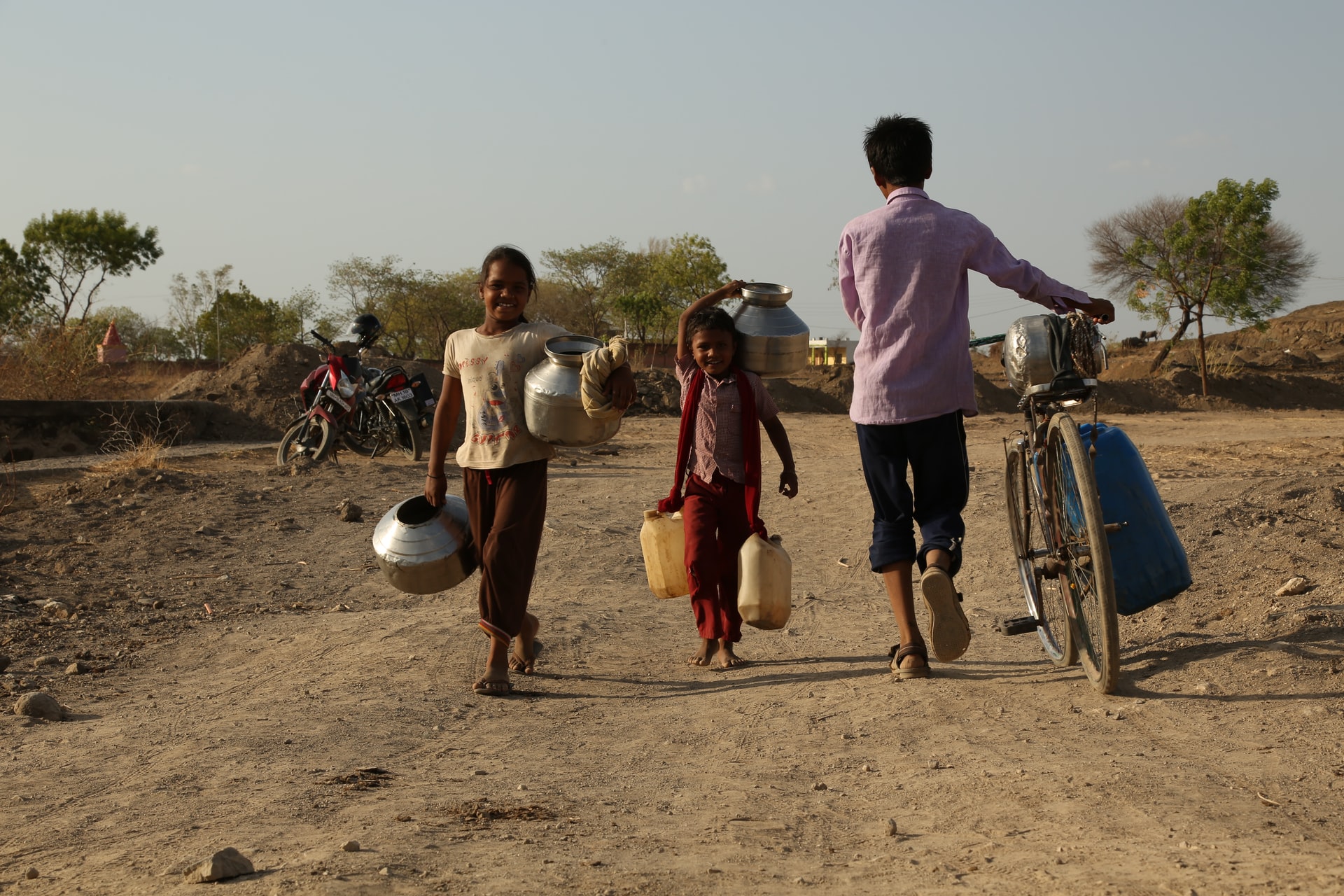
The lack of hygienic facilities in schools also reduces the attendance of young women and, because they generally take on domestic duties and caring responsibilities, women are more affected by water scarcity and the effects of natural disasters. At the same time, they are under-represented in water governance.
Today, 11th February, we celebrate the International Day of Women and Girls in Science, and this year the UN is dedicating it to the relationship between diversity and water. With this leitmotiv, we want to immerse you in the challenges related to water resources and the innovations that are addressing them with the help of women scientists and entrepreneurs who, like Doménica Garzón, are working to ensure that we can all enjoy this essential resource, without inequalities.
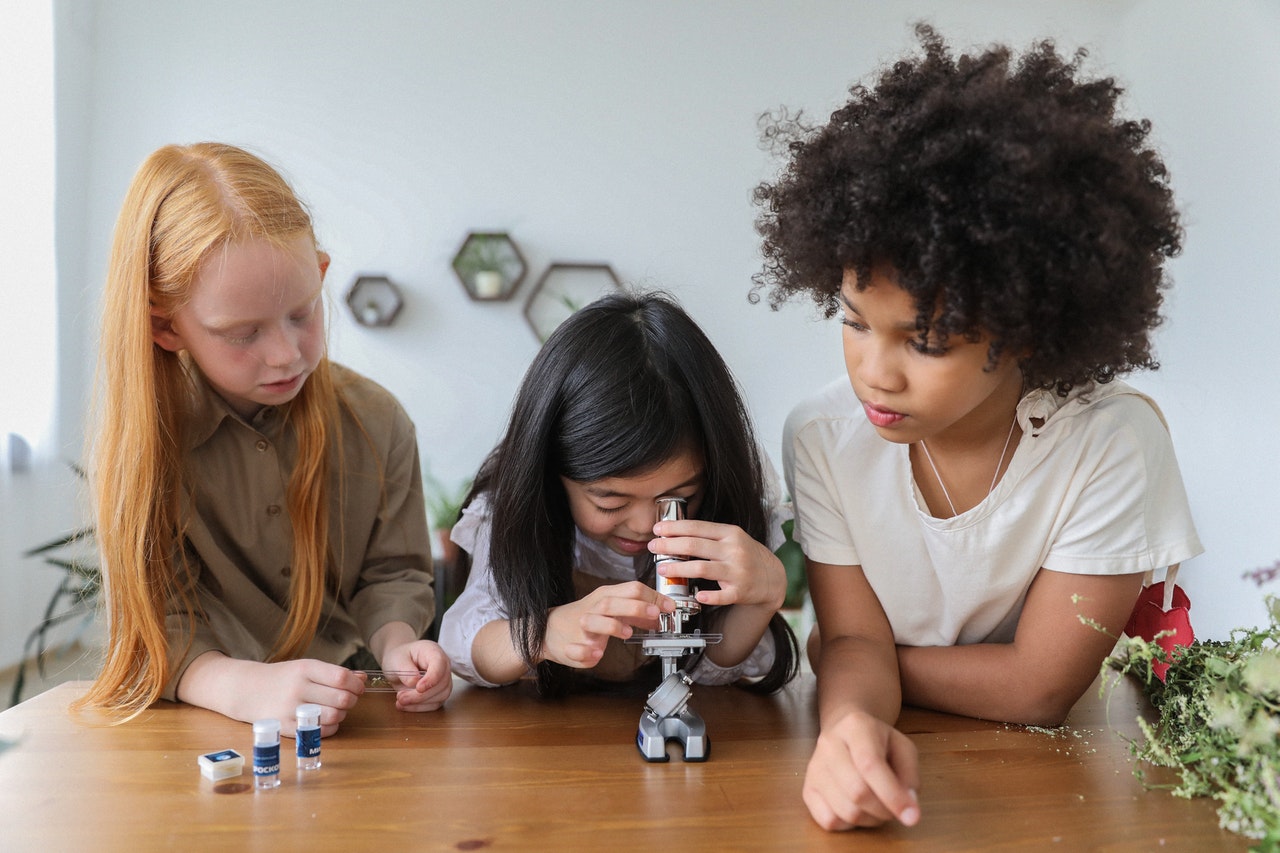
In-depth research
The unequal distribution of water is one of the major challenges that lies ahead. In fact, while 89% of South America’s population has access to running water, this figure drops to 27% for rural areas of Central America and Mexico. Meanwhile, the over-exploitation of water resources is a growing problem – some 20% of the world’s groundwater wells are at risk of running dry. In addition, the impact of climate change, with an increase in heavy rainfall in some regions and droughts in others, as well as extreme weather events, will worsen the hardships and inequalities.
“Climate change and the redistribution of bodies of water will affect our whole lives. We have to accelerate both technological innovation and water management and policy”, affirms Irene de Bustamante, associate director of IMDEA Agua. This Spanish institute runs several lines of research for the integral management of this resource, with “the aim of working on solutions that are more sustainable for the environment and more energy-efficient”, according to De Bustamante.
One such solution is desalination – with only 2.5% of the total being fresh water, treating salt and brackish water is a way to have a greater volume of it. Nonetheless, the large amount of waste (the membranes used in some desalination techniques) and the high energy costs of desalination plants are challenges that need to be dealt with. At IMDEA Agua, among other aspects they are working on improving the recycling of membranes and on using electroactive bacteria in wastewater to produce electricity that later helps desalination. The technology is already being trialled as part of a European project.
The circular economy of H2O
Giving a second life to fresh water is another way to increase its availability. This is what the startup Bioazul focuses on. As an engineering company that develops eco-innovative solutions to treat wastewater, water from industry and urban areas, it targets environmental, economic and social impacts. “We work on the treatment, regeneration and recovery of valuable substances to grant maximum circularity to water and the resources it can contain”, explains CEO Antonia Lorenzo.
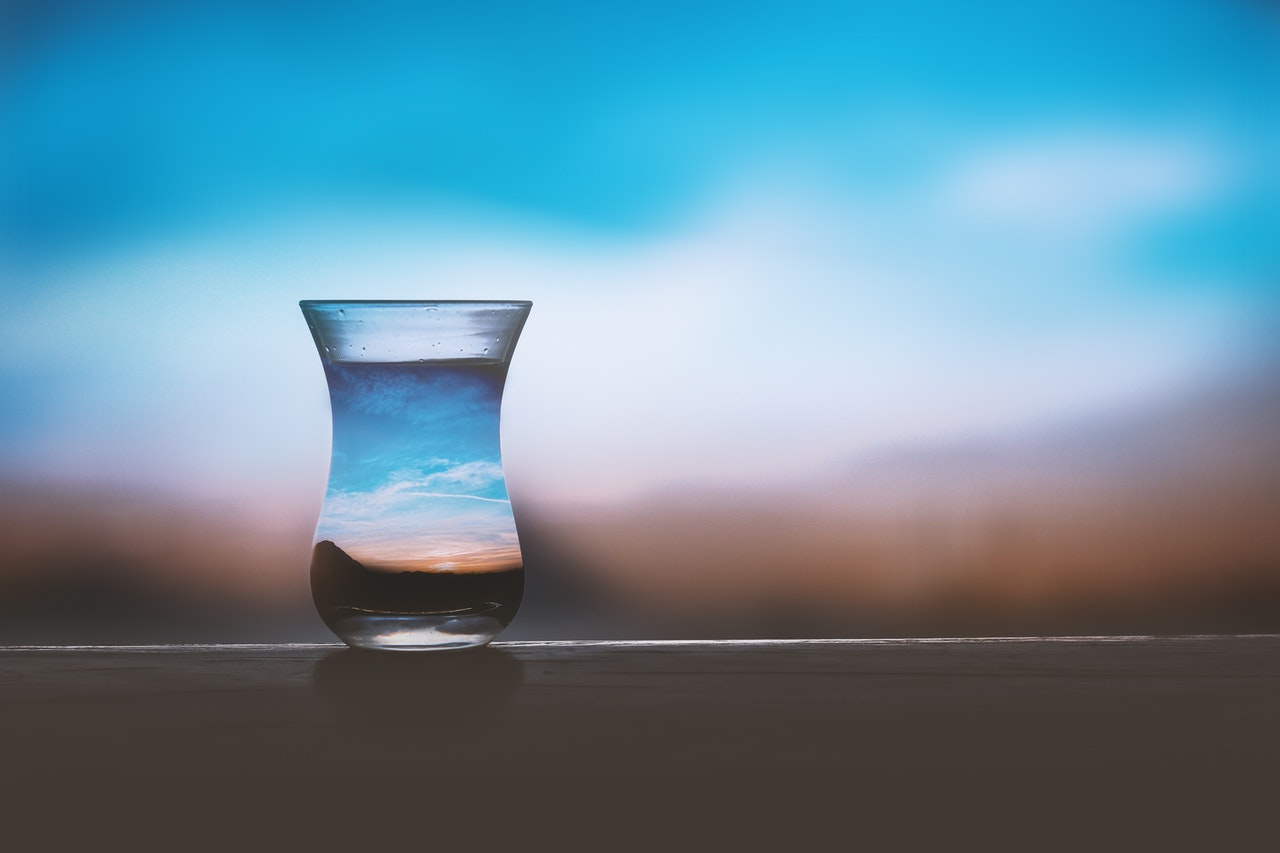
European Union project RichWater, one of many that Bioazul is involved in, is one example – thanks to monitoring systems and other technologies, the presence of nutrients in regenerated urban water is optimised so that farmers can save on both irrigation and fertilisers. “The challenge lies in drawing up a plan that takes these non-conventional water sources into account to replace conventional ones, for the sake of biodiversity conservation”, Lorenzo maintains.
Agrotech to save water
Given that agriculture accounts for 70% of freshwater extractions and that digitisation in the sector is one of the trends for 2022 according to BBVA Open Innovation, numerous startups are innovating to better manage how the resource is used.
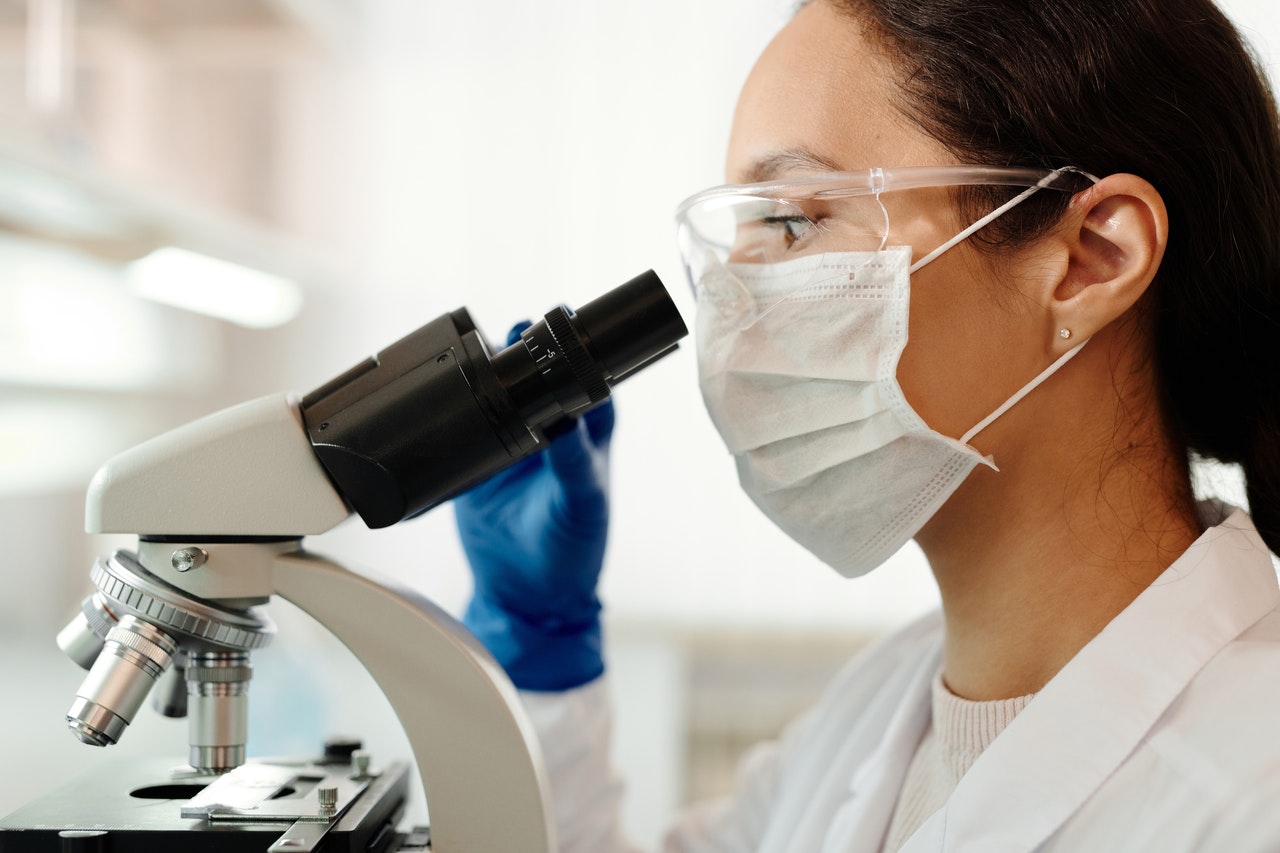
One such company is Kilimo, a platform that avoids wasting water used for crop irrigation across various Latin American countries. “Using satellite and meteorological data, combined with field data, we measure the water content of soils and recommend how much and when to water depending on the crop,” says Tatiana Malvasio, co-founder and director of operations at Kilimo. As there is no need to install any hardware, the solution is “scalable and easy to implement” for farmers.
Kilimo also offers training resources at an Irrigation Academy whose courses have been attended by more than 70,000 students. 19% of those are women, a figure that Malvasio considers positive: “It shows that they are also undertaking training to help grow their agricultural businesses”. In the region, only 1 in 5 farms are run by women, although a larger proportion work on the land.
Drop by drop for a more egalitarian future
The utilisation of water in increasingly populated cities is also a challenge. But there are startups co-founded by women who are looking to tackle this. These include Blunt Planet, which uses artificial intelligence to monitor supply and sanitation networks and helps to reduce water losses, and Detektia, which employs radar technology to detect deformations in dams, aquifers and other infrastructures.
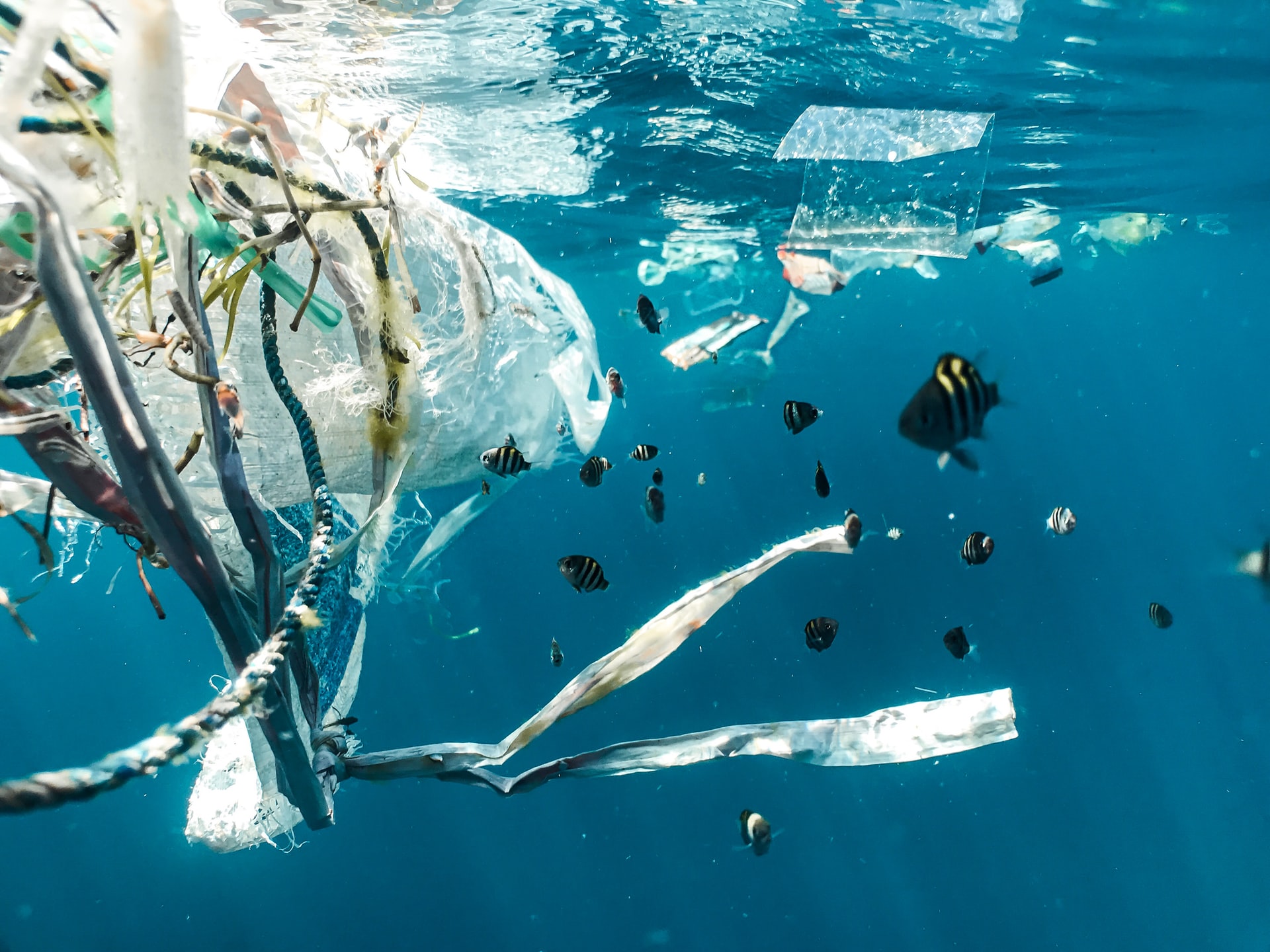
There are also female entrepreneurs who are attempting to mitigate the impact of human activities on water. This is the case of Amaia Rodríguez, CEO of Gravity Wave, which is spearheading the collection of plastics from the Mediterranean and then using these to manufacture products. “We can’t talk about climate change or offsetting CO2 without taking into account the health of the seas and oceans. If we don’t stop pollution, we won’t be able to recover the marine ecosystem”, warns Rodríguez, who took part in the InnovaHome Festival by BBVA Open Innovation.
From the water that comes from the depths of the earth to the water in our oceans, this resource is one of life’s essentials. Preserving it and ensuring that it reaches everyone, without regard for gender, is the goal for these women and many other scientists and technologists. As Irene de Bustamante from IMDEA Agua says, “we need women to make the world go round”.

